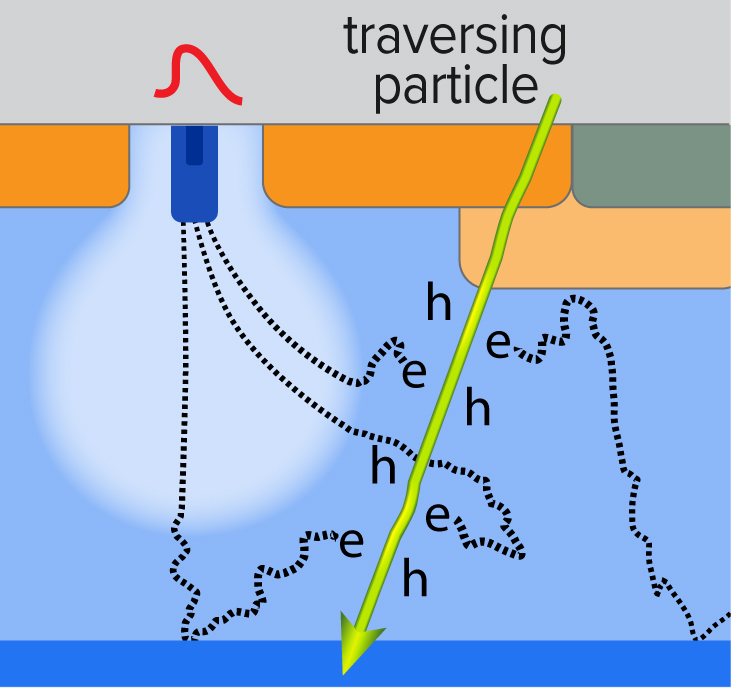Join us in a new laboratory for solid-state detector R&D for high-energy physics experiments and beyond.
The scope of the lab is initially driven by the new LUXE experiment in the XFEL complex in Germany (see separate description here). The new lab is, however, generic and not limited to a specific geometry and/or a specific solid-state technology dictated by the LUXE experiment.
The lab is designed to allow basic operations and capabilities in the field of solid-state detector development, e.g. assembly of the sensors and electronics into a complete detector unit (mechanics, gluing, soldering, etc.), electrical-characterisation (probing) of the sensors, semi-automated bonding of the sensors with the electronics, operating and testing the detector as a unit with laser, cosmic-rays, radioactive sources, or in beam/nuclear facilities.
Beyond the LUXE experiment horizon, there are several possibilities for which the lab will evolve towards large scale future installations like the CEPC, the ILC or the FCC accelerators. The scope here is the development of sensors based on new wide band-gap materials, to whistand the huge radiation levels at the innermost tracking layers of these colliders.
In parallel, small non-collider experiments are getting more attention from the HEP community presently. There are several such ongoing or new efforts (like LUXE, FASER, etc.), where it is possible to realise focused research plans in a relatively short time and small budget compared to the large scale projects.

Conceptual schematic cross-section view of a modern, monolithic active pixel sensor (MAPS) cell based on the ALPIDE chip. The ionisation charge generated by the incident charged particle in the epitaxial layer is collected by the n-well. A region in the epitaxial layer gets depleted as indicated in white by applying the bias voltage. In this zone ionisation charge is collected by drift in the electric field. Outside this region, charge motion is dominated by diffusion, hence the induced signal is relatively slower and ionisation charge is relatively more prone to trapping, i.e. by radiation induced charge traps.


